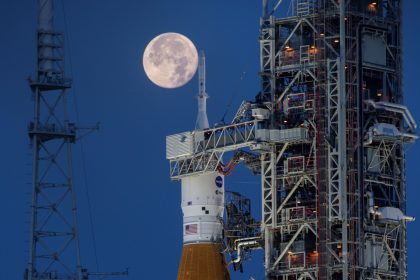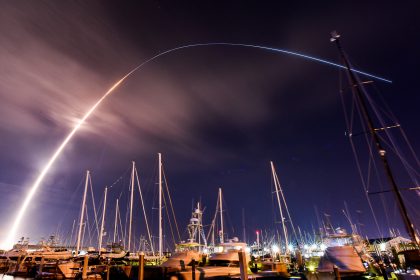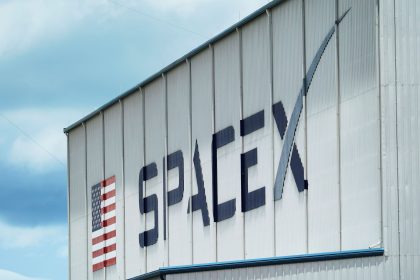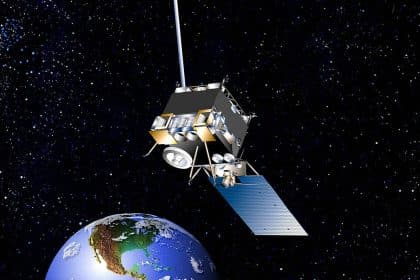NASA Officials Argue for Continuing International Space Station Operations
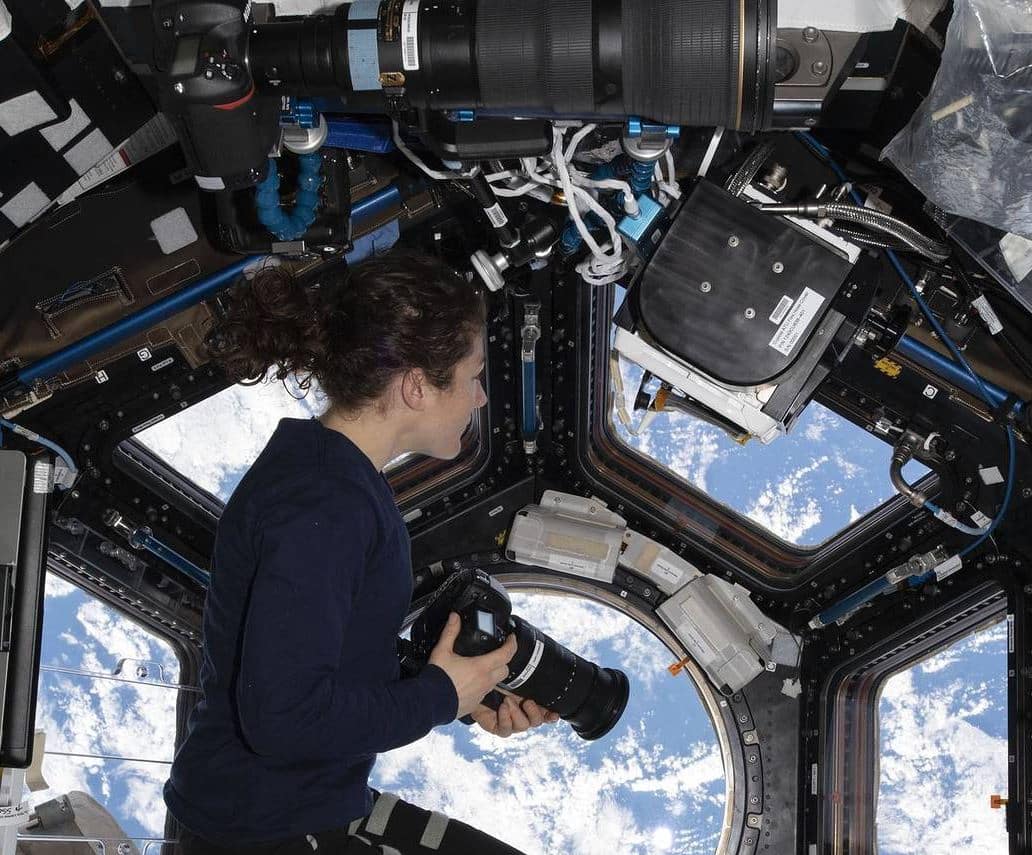
WASHINGTON — Space technologists made a plea to Congress Tuesday to continue authorization for the International Space Station even as private companies play a bigger role in the exploration formerly done only by the National Aeronautics and Space Administration.
The International Space Station is authorized to continue operating through 2028 as part of NASA’s annual budget.
It has flown in low Earth orbit since 1998 as part of a multinational collaborative project. NASA took the lead in building and operating it.
Whether Congress continues its authorization and funding beyond the 2028 expiration depends on whether NASA and its contractors can answer the question, “Has the ISS fulfilled its purpose?”
The question was posed by Rep. Don Beyer, D-Va., as he chaired a hearing of the House Science, Space and Technology subcommittee on space and aeronautics.
He spoke three days after the SpaceX Inspiration4 mission splashed down off the Florida coast, marking the first time private citizens aboard a commercial space flight orbited the Earth.
Under the current plan, a successor to the now aging International Space Station is likely to become another example of private enterprise.
The plan first developed by NASA in 2017 would mean a transfer of International Space Station operations “to a regime where NASA could be one of many customers,” Beyer said.
NASA officials who testified at the hearing advised against counting out the importance of the International Space Station so soon.
“The ISS is busier than ever,” said Robyn Gatens, NASA’s director of the International Space Station.
Its early years were spent figuring out whether humans can survive in space and the equipment needed to sustain them. Now the International Space Station is helping to prepare plans for permanent colonies on the Moon and Mars.
However, problems are arising at an increasing rate as the equipment endures wear and tear, some of it for twice the length of its design life.
Recent examples include cracks from metal fatigue, air leaks and damage to a robotic arm from a debris hit. In one case, a module fired its thrusters too soon, causing the International Space Station to flip over and over until the crew could regain attitude control.
Lawmakers want to know whether it’s worth their time and money to repair the space station or turn it over to companies like SpaceX, Blue Origin and Boeing Co.
“We are at an inflection point in our space program,” said Rep. Brian Babin, R-Texas.
Whether NASA or private companies take control, Babin wanted to ensure the United States maintained some kind of space station to avoid the risk foreign competitors might fill the void.
“Abandoning the ISS without a clear transition plan in place would only serve the interest of the Communist Chinese,” he said.
The Biden administration is leaving no doubt it wants to see greater commercialization of low Earth orbit.
President Biden’s budget request for fiscal 2022 proposes a big boost in funding with a budget of $101.1 million, up nearly 500% from this year. It would fund commercial cargo and crew launches to the International Space Station, such as SpaceX’s Dragon missions.
William Shepherd, a former NASA astronaut, said the complexity of space stations requires juggling the efforts of numerous contractors, each one of which builds only a portion of the station. None of them would be likely to operate the entire system successfully by themselves, he said.
“We have to have a more directive role of the government,” Shepherd said.
He urged Congress not to overlook bigger projects on the horizon, such as manned missions to Mars.
“The space station is a blueprint on how to do this,” he said.
















